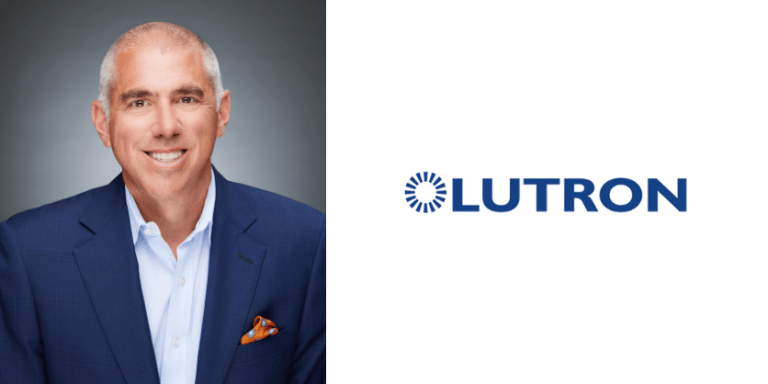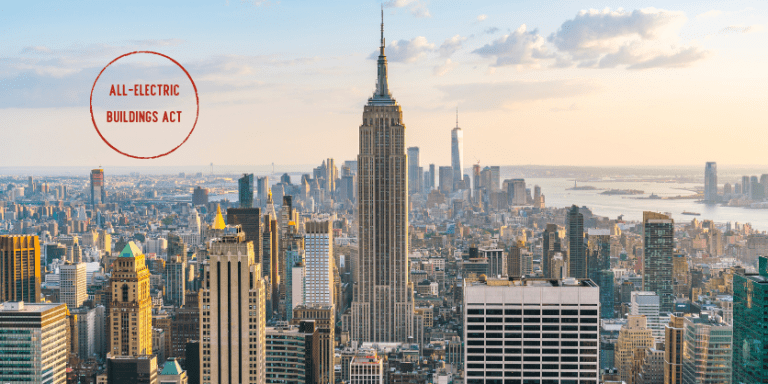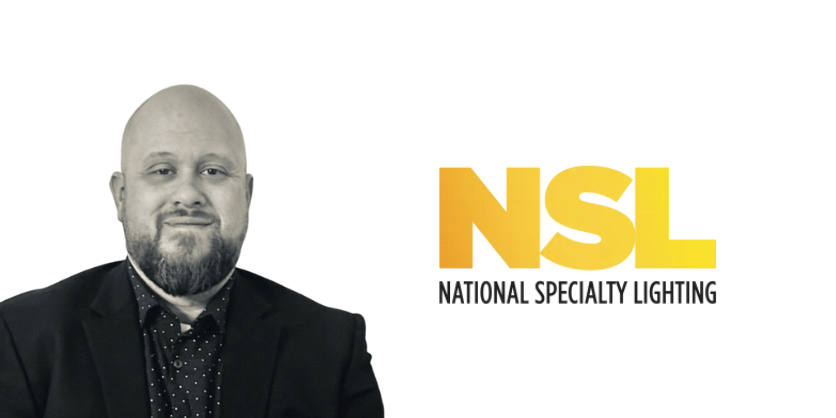The Career Progression of a Lighting Designer: Challenges, Choices & Opportunities

By Emily Lai, LC
A career in architectural lighting design is an exciting and rewarding path that blends technical expertise with artistic vision. Lighting designers shape the way people experience spaces, integrating illumination seamlessly into architecture to enhance aesthetics, functionality, and energy efficiency. However, the career trajectory of a lighting designer often presents limitations, leading professionals to evaluate their long-term options and pivot into new roles.
This article explores the career progression of a lighting designer, the common plateaus, and the alternative paths many professionals take to keep the lights on in more ways than one. This may garner some mixed reception and I’m drawing from a lot of my own personal experience.
Early Career: The Learning Phase
Most lighting designers start their careers working at either a dedicated lighting design firm, within an engineering firm’s lighting studio, or in theatrical lighting. Each environment offers unique learning experiences, but distinct challenges.
Lighting Design Firms: These firms focus exclusively on lighting, allowing designers to work on diverse, and often prestigious, projects. It’s a playground of creative opportunities — but the ladder to the top is pretty short.
Engineering Firms: Larger engineering firms with dedicated lighting studios offer the same breadth of experience, but also integrate with broader engineering disciplines. Depending on the firm’s size, the path up can feel like a spiral staircase — you go up, but it takes a while to get anywhere.
Theater Lighting: Those coming from theater lighting bring a creative, dynamic perspective and a strong foundation in dramatic lighting techniques. However, theater gigs are often feast-or-famine and usually pay in applause rather than cash. Many pivot to architectural or commercial lighting for more consistent income and stability.
During the early years, designers hone their skills in photometric analysis, fixture selection, controls integration, energy code compliance, and client presentations. This foundational knowledge sets the stage for future career decisions.
Mid-Career: Hitting the Ceiling
After gaining years of experience, many lighting designers reach a senior designer or project manager role. At this stage, career advancement within a lighting design firm or an engineering firm becomes more challenging.
Lighting Design Firms: These firms are typically small to mid-sized, there are limited positions beyond senior designer or principal. If the firm is owner-driven, the chances of reaching an executive role without ownership interest are slim.
Engineering Firms: While larger engineering firms offer slightly more room for advancement, lighting designers rarely move into executive leadership roles. The highest attainable roles are along the lines of “Lighting Studio Manager” or “Director of Lighting Design.” However, in the pecking order, Lighting still ranks below the big guns — mechanical, electrical, and plumbing.
Theater Designers Transitioning to Architectural Lighting: Theater designers who pivot to architectural lighting often find themselves back in entry or mid-level design roles despite their extensive creative experience. However, their unique skill set can be leveraged in hospitality, retail, and experiential design projects where theatrical flair is valued.
Faced with this ceiling, many designers evaluate their next steps. Some choose to remain in their roles for stability, but others explore alternative career paths that offer better financial incentives, work-life balance, or leadership opportunities.
The Sales Transition, A Common Path: A well-trodden path for experienced lighting designers is transitioning into sales roles within the industry. The primary motivation for this move is the potential for significantly higher income and greater flexibility.
This was the path I chose after 12 years in lighting design in engineering firms. My growing family demanded more flexible time. This was before Covid when work from home was a foreign concept.
Lighting Agency Sales Rep: Many lighting designers swap their Revit files for commission checks as they take on a new role as specification sales representatives. Agencies typically offer:
• Higher earning potential through commission-based compensation
• Greater control over schedule and work-life balance
• The opportunity to leverage design expertise in a consultative role
However, agency structures vary widely, with salary and commission structures differing from firm to firm. Base salary increases are rare, and earning potential is tied to sales commissions and price increases, making income somewhat volatile.
Manufacturer Sales Role: Some designers bypass the agency route and move directly to a manufacturer’s sales team. These roles are typically regional sales positions requiring significant travel (often 50% or more) – which could be a deal-breaker for some. While these jobs offer:
• Competitive salaries with bonus structures
• More career progression opportunities within the company
• The chance to move into product development, marketing, or leadership roles
The heavy travel requirements of manufacturer sales roles can be a deterrent, especially for those with families or those seeking more stability. For this reason, many lighting designers find agency sales more appealing despite its commission-driven structure.
Alternative Paths: Distributors, Contractors, and Consulting
Beyond sales, other industry paths exist for lighting designers seeking new opportunities.
Distributors: Some designers transition to lighting distributors, where they can apply their product knowledge to assist clients in specifying and procuring lighting solutions. However, these roles often involve less direct design work.
Contractors: Electrical contractors with a lighting focus may hire lighting designers for design-build projects. This path offers exposure to real-world installation challenges and project execution.
Independent Consulting: Some senior lighting designers opt to start their own consulting firms. This move offers full autonomy, but comes with the challenges of business development, client acquisition, and financial risk. However, for those with strong networks and entrepreneurial ambition, independent consulting can be a fulfilling way to stay in design while gaining control over career direction.
Work-Life Balance and Industry Retention Challenges
A notable issue in the lighting industry is the retention of experienced designers, particularly women and parents. A study by Emily Klingensmith and Lisa Reed titled “Why Mothers Leave Design and How to Keep Them” explores the challenges faced by women in lighting design roles. The study highlights the need for more workplace flexibility, parental leave policies, and career growth opportunities to retain diverse talent in the industry.
Many designers pivot to sales roles, consulting, or manufacturer positions precisely because they offer better work-life balance and financial stability compared to traditional design roles.
Long-Term Career Considerations
Ultimately, every lighting designer must decide how much they want to remain in a design-centric role versus exploring other opportunities in the broader lighting industry. The choice depends on individual priorities, including income potential, travel flexibility, job stability, and work-life balance.
Those passionate about design-first careers may find fulfillment in independent consulting, leadership within a design firm, or working with progressive firms offering long-term growth.
Those seeking higher earning potential and flexibility often transition into sales, whether through agencies or manufacturers.
Those looking for corporate career growth may find opportunities within larger manufacturers where vertical and lateral moves are more readily available.
Conclusion
The career path of a lighting designer is dynamic and varied, with multiple opportunities to pivot based on evolving professional and personal priorities. While the traditional trajectory often reaches a plateau, sales, consulting, manufacturer roles, and alternative industry positions offer ways to continue growth. By understanding the options available and evaluating their long-term goals, lighting designers can make informed decisions that align with their skills, interests, and lifestyle aspirations.
As the lighting industry continues to evolve with emerging technologies and sustainability initiatives, those who remain adaptable and open to change will find new and exciting career opportunities beyond the conventional paths of lighting design firms and engineering studios. Because we all know that once you’re in lighting, you never leave.
About the Author
Emily Lai, LC, is Commercial Regional Sales Manager at ETC
Additional articles by Emily Lai
Lighting Control Systems: Why They Matter & How Contractors Can Choose the Right One
Understanding Roles in Construction Projects From Bidding Through Completion: A Recipe for Success









